If you use Serato, Rekordbox, Traktor and so on, your DJ software has a “sampler” built in. Do you use it? Do you know why you’d use it? Do you even know where to find it?
If the answer to any of these questions is “no”, but you’re curious and would like to maybe try to explore this feature, read on – in today’s article I’ll give you all you need to know about your DJ software’s sampler.
Want me to show you how to do this?
Inside our Digital DJ Lab subscription training programme, we have an Action Plan where I personally show you how all of this is done. You look “over my shoulder” as I explain everything you’ll read in this article, then give you examples of good ways to use a sampler.
It’s one of nearly 100 such hands-on DJ lessons inside the programme – learn more about how you could become our latest member by clicking here.
What is a sampler?
Let’s roll back for a second, and look at what samplers are. They’re a way of dropping extra audio into your DJ mixer that isn’t loaded to one of your decks – pieces of audio that you could refer to as “samples”, hence the name.
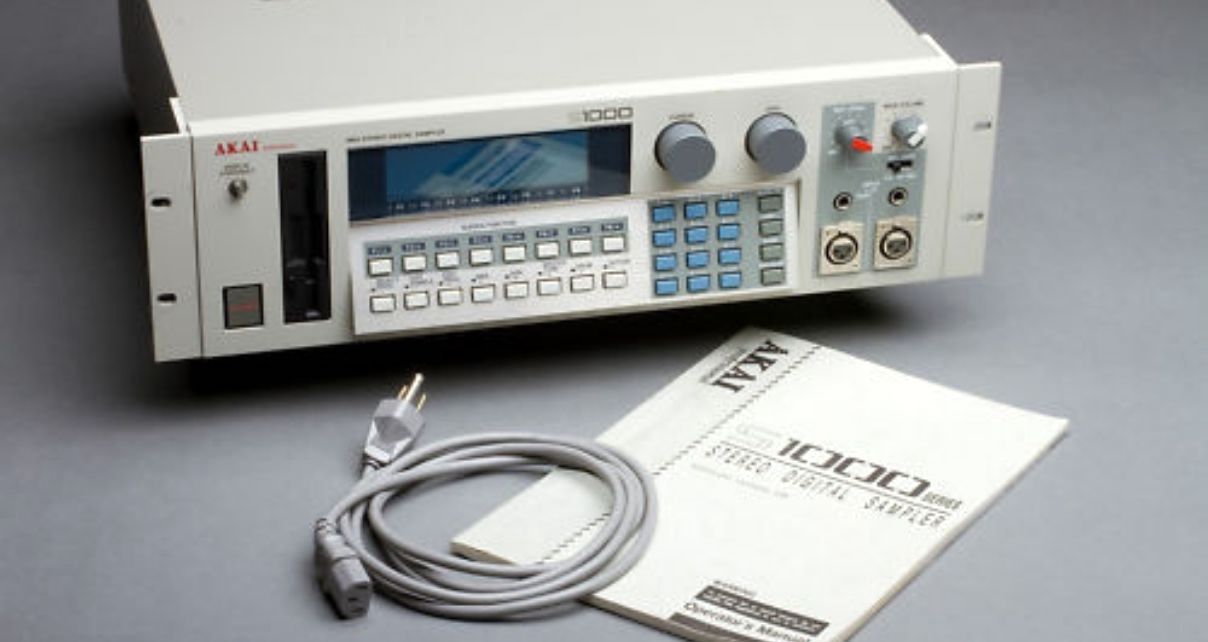
You can get standalone samplers (or even have one on your phone as an app!), and early DJ mixers had very simple single sample players built in – but nowadays you’ve got one built right into your DJ software.
Why use a sampler?
Samplers give you easy ways of adding sound effects, DJ idents or “drops”, drum loops and even your own finger drumming rhythms, directly to your DJ sets.
They can be great especially if you only have a two-deck controller, as the sampler gives you more audio sources – you can even play whole songs on sample slots, or load loops from playing tracks, to “free up” a deck as part of more complicated transitions and routines.
Dance music is, of course, a sample-based thing – so it makes sense for DJs to use samplers in their creative performances, just as producers use them in making the music in the first place.
Getting to know your sampler
Firstly, you need to know where it is, what features your software’s sampler gives you, and how to use them. This article isn’t an instruction manual for Serato, Traktor and so on, so do go and have a look at the instruction manual for your software/hardware.
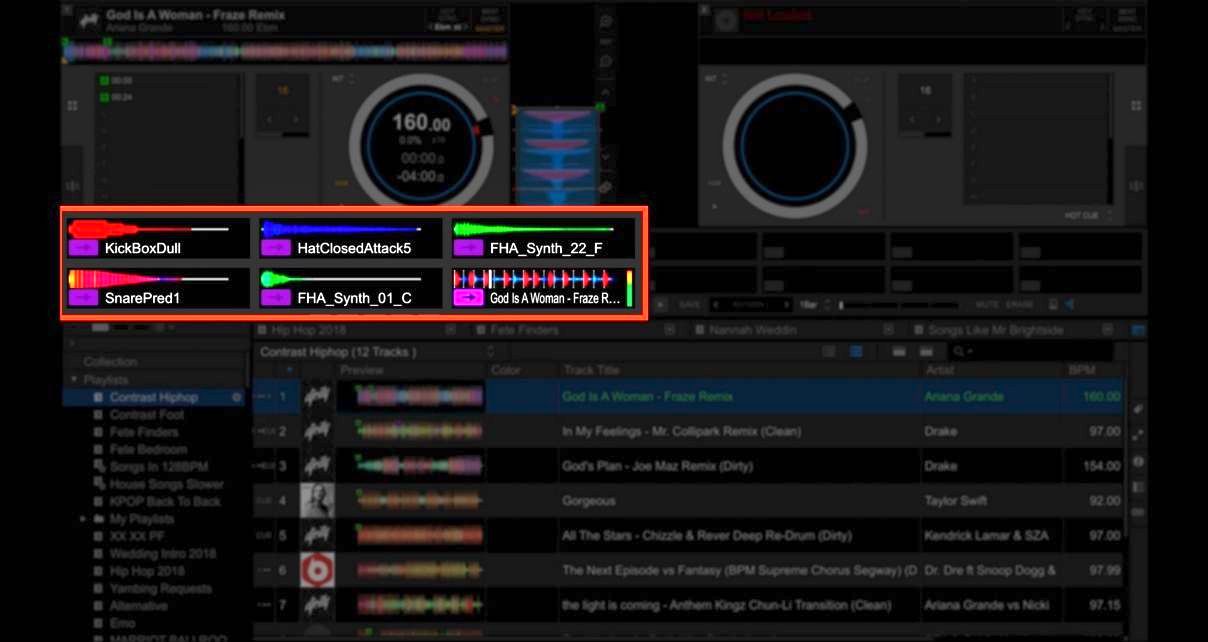
(Of course if you really want to become a ninja at this, get our courses for Traktor, Serato and Rekordbox, which explain the samplers and much more.)
Whatever software you use, though, you’re likely to have variations on these common features:
- Slots – Places to put samples for playback
- Banks – Places to store collections of samples that you can switch in and out of the slots
- Hardware controls – Typically, they map to a function on your performance pads, although you may get a hardware volume control for the sampler, too
- Sample behaviour features – Deciding if the sample plays once or repeats, whether its control pad plays it momentarily or triggers the whole sample, and so on
- Sync – For syncing sample loops to main deck audio
- Volume – Both overall sampler volume and individual sample volume
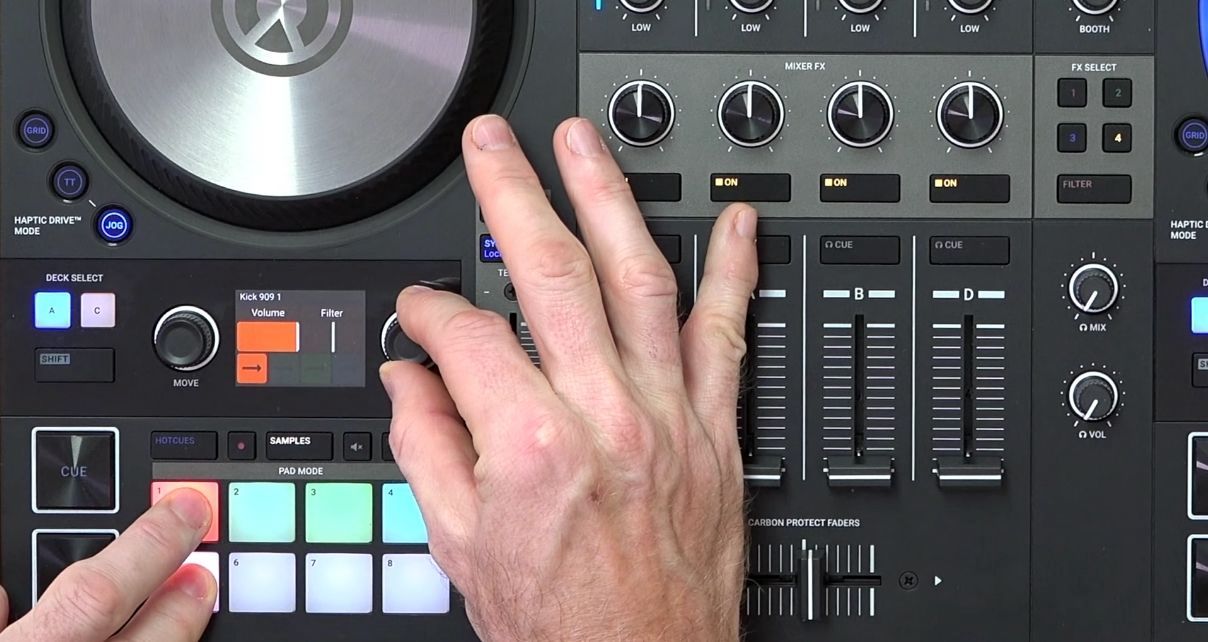
There will be other features, too – play from start or a cue point, key lock, and so on, so again – do make sure you know what you’ve got!
What to use your sampler for
There are four main things you may want to use your sampler for in your DJing:
- Playing sound effects – sweeps, builds, cheers, clapping, and yes, fog horns, often used to smooth transitions
- Playing idents or DJ drops – Idents for online radio or podcasts, or DJ drops for mixtapes or live sets containing your DJ name… all of these have a natural home in your sampler
- Playing individual drum/percussion hits – Kick drums, snares, claps, hi-hats and so on, on their own pads, so you can finger drum over the top of your music. Your DJ software probably comes with a start pack of samples for you to use
- Playing drum loops – Finished loops that you can sync with and mix into your decks – you can even drag loops from playing decks to the sampler and play them back instantly . Check what came with your DJ software to get started
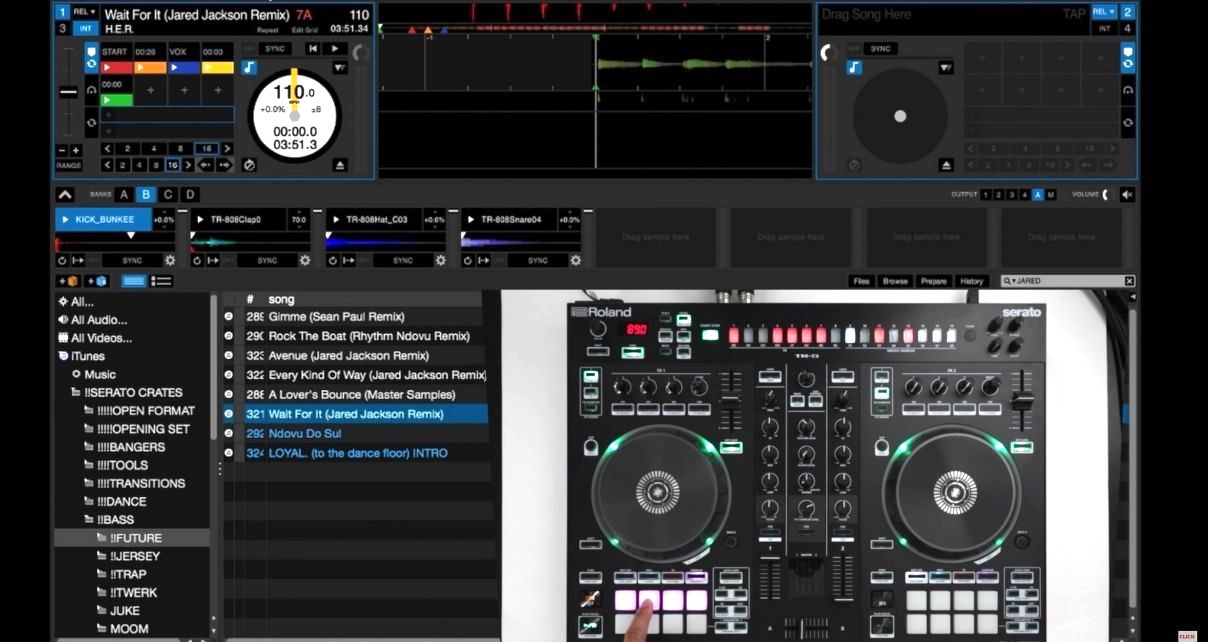
And all of the above can add flavour, interest and fun to your DJ sets.
Tips for using your sampler
Apart from getting to know it properly to understand all it can do for you, try these tips:
- Keep a crate or playlist of your samples for easy access – Organising them away from your DJ tracks is a good idea, plus if you drag them together to the sample slots from an ordered playlist, they’ll usually load all at once, saving you time
- Experiment with where you can route your sampler to – It usually goes to the master output by default, but you may be able to route it through a spare mixer channel to use its EQ, effects etc, so do investigate and experiment
- Midi map your sampler to external hardware – All software samplers have many features that aren’t mapped to DJ controllers, so why not use any Midi controller you may have (or buy something specially for the task) and map some of those sampler features to hardware? The easier it is to use, the more often you’ll use it…
- Make a “sample set” if you don’t have a sampler – Some DJ systems don’t have samplers, notably the standalone ones (Pioneer DJ’s XDJ and CDJ units, Denon and Numark’s Engine units). But if you put eight of your favourite samples onto a single audio track (you can use a free audio editor like Audacity to do that) and add cue points at the start of each, you can use the finished “sample set” as a sample player, by loading it onto a deck, and triggering your “samples” with properly positioned cue points
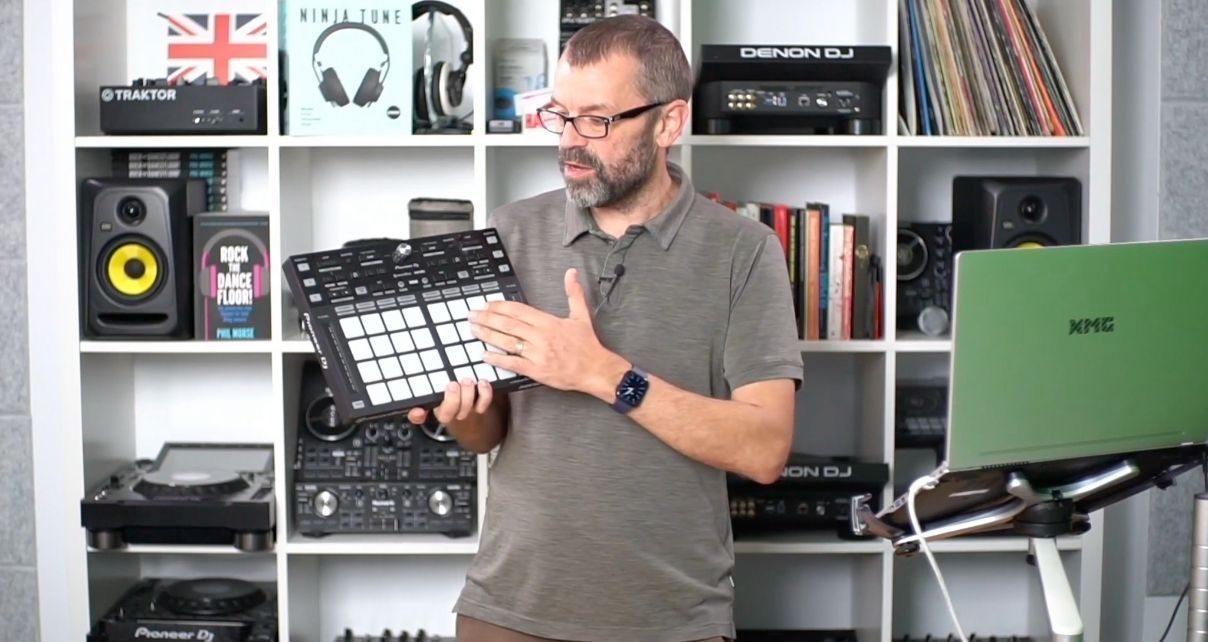
Want me to show you how to do this?
Inside our Digital DJ Lab subscription training programme, we have an Action Plan where I personally show you how all of this is done. You look “over my shoulder” as I explain what’s in this article, then give you examples of all the four uses above.
It’s one of nearly 100 such hands-on DJ lessons inside the programme – learn more about how you could become our latest member by clicking here.
Finally…
As with many features on DJ gear, just because it’s there, you don’t have to use it, and even if you do use it, don’t feel you need to do all of what’s been discussed here.
Find how to use your sampler, then if something we’ve suggested makes sense to try, give it a go! You may just find you come up with a use for it that you go on to use for the rest of your DJing life, so have an experiment sooner rather than later.
Read this next: 3 Creative Ways To Use A DJ App’s Sample Player
As ever, let us know what you think below, and likewise, do ask if you have questions or need help – that’s what we’re here for.




